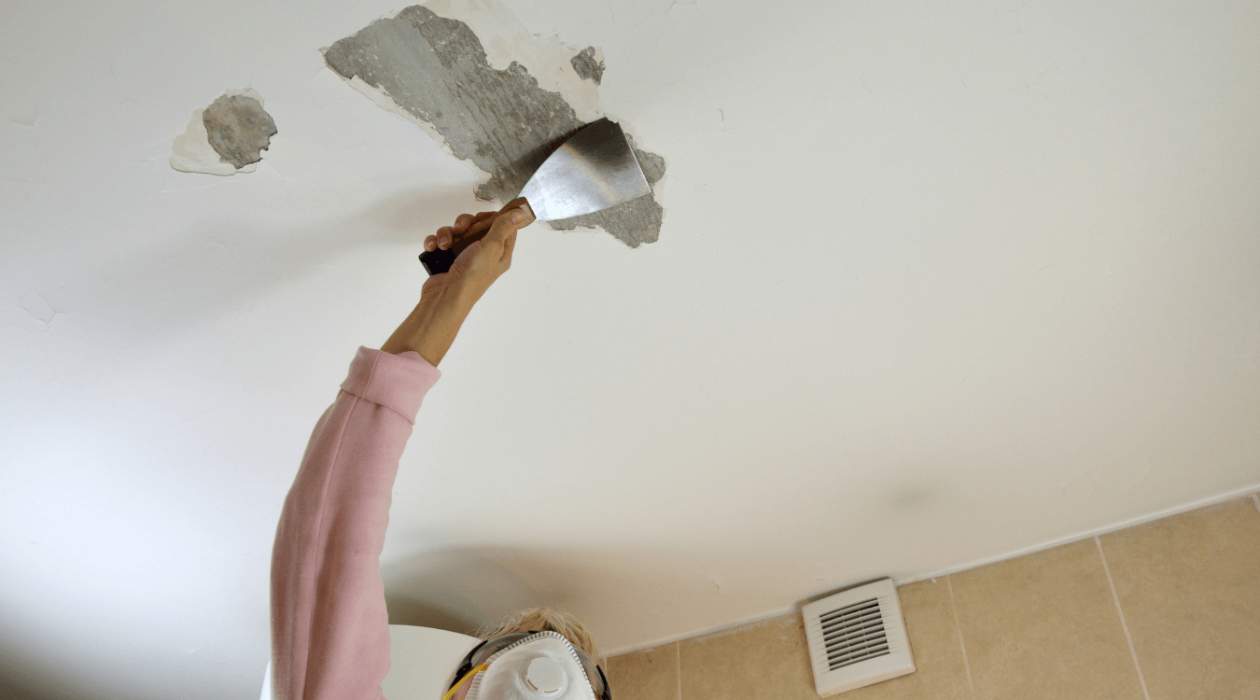

Articles
How To Get Paint Off The Ceiling
Modified: April 23, 2024
Learn effective techniques and tips to remove paint stains from your ceiling with our informative articles. Say goodbye to unsightly marks and restore your ceiling's beauty!
(Many of the links in this article redirect to a specific reviewed product. Your purchase of these products through affiliate links helps to generate commission for Storables.com, at no extra cost. Learn more)
Introduction
Painted ceilings can add a beautiful touch to any room, but over time, you may find yourself wanting to remove that old paint and start fresh. Whether it’s due to peeling, chipping, or simply wanting to change the color, removing paint off the ceiling is a task that requires careful preparation and execution.
In this article, we will guide you through the process of removing paint off the ceiling. We will cover the tools you’ll need, provide you with a step-by-step guide, and even introduce you to some alternative methods to help you achieve a smooth and paint-free surface.
So, if you’re ready to transform your tired-looking ceiling into a blank canvas or prepare it for a fresh coat of paint, let’s get started with the tools you’ll need for this endeavor.
Key Takeaways:
- Proper preparation and the right tools are essential for successfully removing paint from a ceiling. From dropcloths to paint scrapers, having the right equipment ensures a smooth and efficient paint removal process.
- Alternative methods such as using a heat gun or sanding offer effective options for challenging paint removal situations. Assessing the condition of the ceiling will help determine the best method for achieving a paint-free surface.
Read more: How To Get Paint Off Of Paint Brushes
Tools needed for removing paint off ceiling
Before you embark on the task of removing paint off your ceiling, it’s important to have the right tools on hand. These tools will not only make the process easier but also ensure that you don’t damage the ceiling or surrounding areas. Here are the essential tools you’ll need:
- Dropcloths or Plastic Sheeting: To protect the floor and furniture from paint chips and dust, cover them with dropcloths or plastic sheeting. This will make the cleanup process much simpler.
- Ladder or Step Stool: Since you’ll be working on the ceiling, a ladder or step stool will be necessary to reach those high areas. Make sure the ladder or step stool is stable and secure before climbing on it.
- Safety Glasses: You’ll be working overhead, so wearing safety glasses is crucial to protect your eyes from any paint chips or debris that may fall.
- Dust Mask: Removing paint can generate a significant amount of dust, which can be harmful to inhale. Use a dust mask to protect your lungs and reduce the risk of respiratory issues.
- Gloves: Gloves will not only protect your hands from any chemicals or sharp tools but also make the scraping process more comfortable.
- Paint Scraper: A paint scraper is the primary tool used to remove paint from ceilings. Look for a scraper with a long handle to reach higher areas easily. Make sure the blade is sharp and sturdy to effectively remove the paint.
- Putty Knife: A putty knife can be handy for scraping off smaller areas or removing any loose or flaking paint. It’s smaller and more versatile than a paint scraper.
- Chemical Paint Stripper: If you’re dealing with multiple layers of paint or stubborn paint that’s difficult to remove, a chemical paint stripper can be effective. Choose a product that is suitable for ceilings and follow the instructions carefully.
- Sandpaper or Sanding Block: Sandpaper or a sanding block will be needed to smooth out any rough areas or remaining paint after scraping.
- Bucket or Container: Have a bucket or container nearby to collect any loose paint chips or debris for easy disposal.
- Cleaning Supplies: After removing the paint, you’ll need cleaning supplies such as a broom, vacuum, and sponge or cloth to clean the ceiling and surrounding areas.
By having these tools ready before you start, you’ll be well-equipped to tackle the paint removal process efficiently and effectively. Now let’s move on to the step-by-step guide for removing paint off the ceiling.
Step-by-step guide for removing paint off ceiling
Removing paint off the ceiling requires careful preparation and systematic execution. By following these step-by-step instructions, you can ensure a successful paint removal process:
1. Preparing the area
Before you begin, it’s important to prepare the area to minimize mess and damage. Follow these steps:
- Cover the floor and furniture with dropcloths or plastic sheeting to protect them from paint chips and dust.
- Remove any light fixtures or ceiling fans that may obstruct the paint removal process.
- Open windows or use proper ventilation to ensure fresh air circulation during the process.
2. Testing the paint type
It’s essential to determine the type of paint on your ceiling before starting the removal process. This will help you choose the appropriate method and products. Follow these steps:
- Moisten a cotton swab with rubbing alcohol or a paint cleaner.
- Gently rub the swab on a small inconspicuous area of the ceiling.
- If the paint softens or comes off onto the swab, it is water-based paint.
- If the paint does not soften or come off, it is oil-based paint.
This information will guide you in selecting the most effective paint removal method.
Read more: How To Get Paint Off Countertops
3. Applying the stripping agent
If your ceiling has multiple layers of paint or stubborn paint that cannot be easily scraped off, using a chemical paint stripper can be effective. Follow these steps:
- Read the instructions on the paint stripper product carefully and follow them.
- Apply the paint stripper generously to a small section of the ceiling, using a brush or a roller.
- Leave the stripper on for the recommended amount of time specified on the product label.
- Use a scraper or putty knife to gently scrape off the softened paint, working in small sections.
Remember to wear gloves and follow safety precautions when working with chemical paint strippers.
4. Scraping off the paint
Scraping off the paint is the main part of the removal process. Follow these steps:
- Hold the paint scraper at a slight angle and gently push it along the ceiling, applying moderate pressure.
- Scrape in one direction to avoid creating grooves or damaging the ceiling surface.
- Continue scraping until all the loose paint has been removed.
- Use a putty knife to scrape off any stubborn paint or hard-to-reach areas.
5. Cleaning the ceiling
After removing the paint, it’s important to clean the ceiling to remove any residue. Follow these steps:
- Use a broom or vacuum cleaner to remove any loose paint chips or dust from the ceiling and surrounding area.
- Wipe the ceiling with a damp sponge or cloth to remove any remaining paint dust or stripping agent residue.
- Allow the ceiling to dry completely before proceeding with any further steps, such as sanding or painting.
By following these step-by-step instructions, you’ll successfully remove the paint from your ceiling, leaving behind a clean and smooth surface ready for your desired treatment.
Alternative methods for removing paint off ceiling
While scraping off paint is the most common method for removing paint from ceilings, there are alternative methods that can be effective, especially in challenging situations. Here are two alternative methods you can consider:
Read more: How To Get Paint Off Of Mirrors
1. Using a heat gun
Using a heat gun is an effective method for removing paint, especially when dealing with stubborn or multiple layers of paint. Here’s how to use a heat gun:
- Start by protecting the surrounding area with dropcloths or plastic sheeting.
- Plug in the heat gun and set it to a medium heat level.
- Hold the heat gun about 6-8 inches away from the painted surface and move it back and forth in a sweeping motion.
- Gradually, the heat will soften the paint, making it easier to scrape off with a paint scraper or putty knife.
- Be cautious not to overheat the area or keep the heat gun in one spot for too long, as it can damage the ceiling or create a fire hazard.
- Work in small sections, heating and scraping until all the paint has been removed.
- Once the paint has been removed, clean the ceiling with a damp sponge or cloth to remove any residue.
2. Sanding the paint off
Sanding can be an effective method for removing paint from ceilings, especially for smaller areas or when dealing with a thin layer of paint. Here’s how to sand the paint off:
- Start by preparing the area and protecting the surrounding surfaces.
- Depending on the area to be sanded, you can use sandpaper with a sanding block for smaller areas or a pole sander or orbital sander for larger areas.
- Begin sanding the painted surface using even and consistent strokes in the direction of the grain or in a circular motion.
- Continue sanding until all the paint has been removed or until the surface is smooth and ready for further treatment.
- After sanding, clean the ceiling with a damp sponge or cloth to remove any dust or residue.
When using alternative methods, it’s important to take safety precautions such as wearing safety glasses, gloves, and a dust mask. Additionally, be mindful of the heat gun’s temperature and the pressure applied during sanding to avoid damaging the ceiling.
Now that you’re familiar with alternative methods, you can choose the one that suits your needs and the condition of your ceiling. Always remember to assess the situation and select the method that will provide the best results for your specific paint removal project.
Conclusion
Removing paint off the ceiling can be a challenging but rewarding task. Whether you’re looking to refresh your space, repair damage, or prepare for a new coat of paint, following the right approach is essential. In this article, we have provided you with a comprehensive guide to help you remove paint from your ceiling effectively.
We started by discussing the tools you’ll need, emphasizing the importance of proper preparation and safety precautions. Having the right tools on hand can make the process more efficient and help protect the surrounding areas.
We then provided you with a step-by-step guide for removing paint off the ceiling. This includes preparing the area, testing the paint type, applying a stripping agent (if necessary), scraping off the paint, and cleaning the ceiling. Following these steps will ensure a successful paint removal process and leave you with a clean and smooth surface ready for further treatment.
We also introduced you to alternative methods for removing paint from the ceiling. Using a heat gun can be effective for stubborn or multiple layers of paint, while sanding can work well for smaller areas or thin layers of paint. These methods offer alternatives to scraping and can provide successful results depending on your specific situation.
Remember to always prioritize safety when undertaking any paint removal project. Wear protective gear, such as safety glasses, gloves, and a dust mask, and follow the guidelines and instructions provided by manufacturers for any chemical paint strippers or heat guns.
In conclusion, removing paint off the ceiling requires careful preparation, the right tools, and a systematic approach. By following the steps outlined in this article and considering alternative methods, you can achieve a paint-free and smooth ceiling surface, ready to transform your space or apply a fresh coat of paint.
So, roll up your sleeves, gather your tools, and get ready to embark on the journey of removing paint off your ceiling. With the right knowledge and approach, you’ll be able to achieve impressive results and breathe new life into your living space.
Frequently Asked Questions about How To Get Paint Off The Ceiling
Was this page helpful?
At Storables.com, we guarantee accurate and reliable information. Our content, validated by Expert Board Contributors, is crafted following stringent Editorial Policies. We're committed to providing you with well-researched, expert-backed insights for all your informational needs.

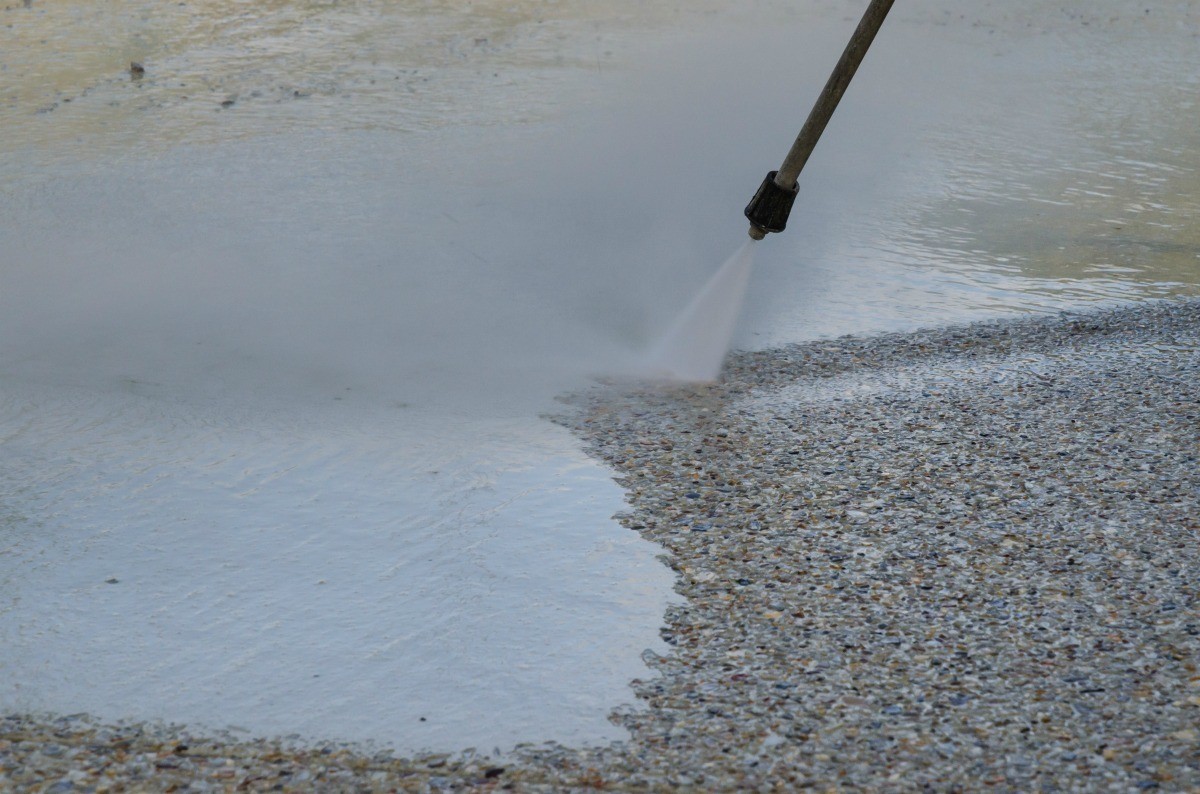
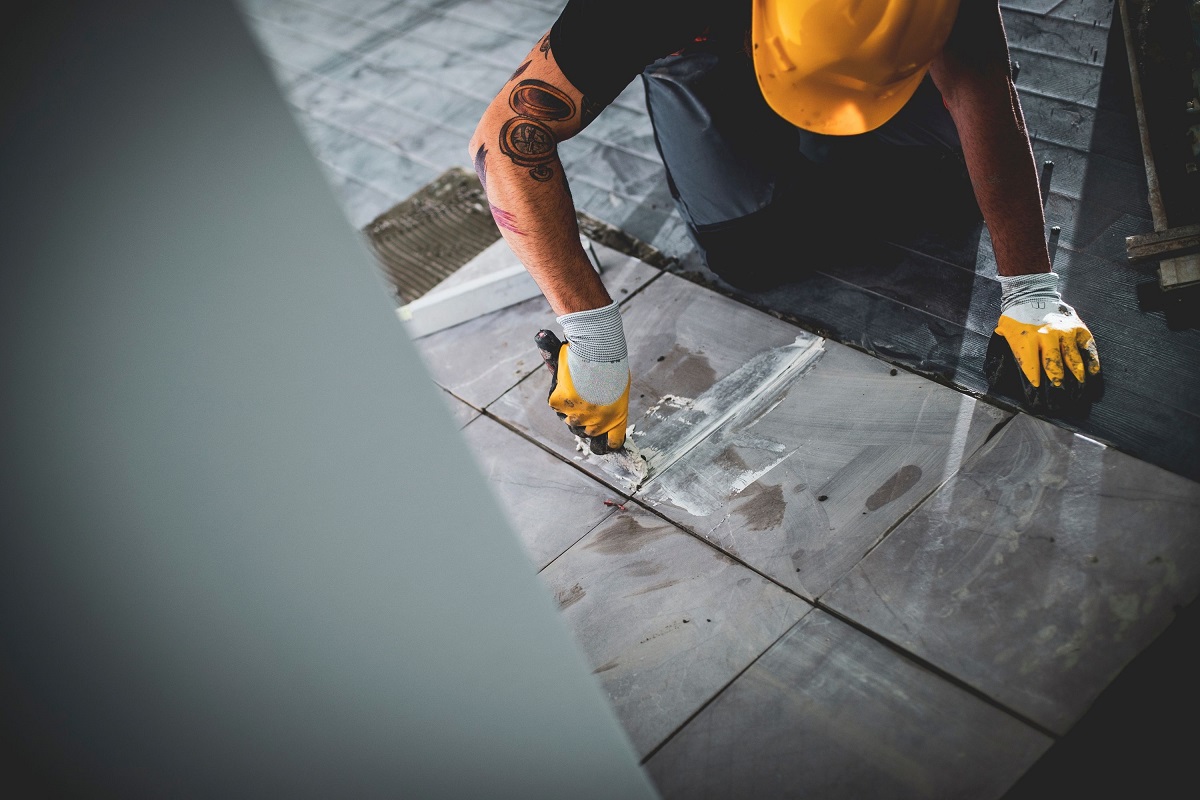
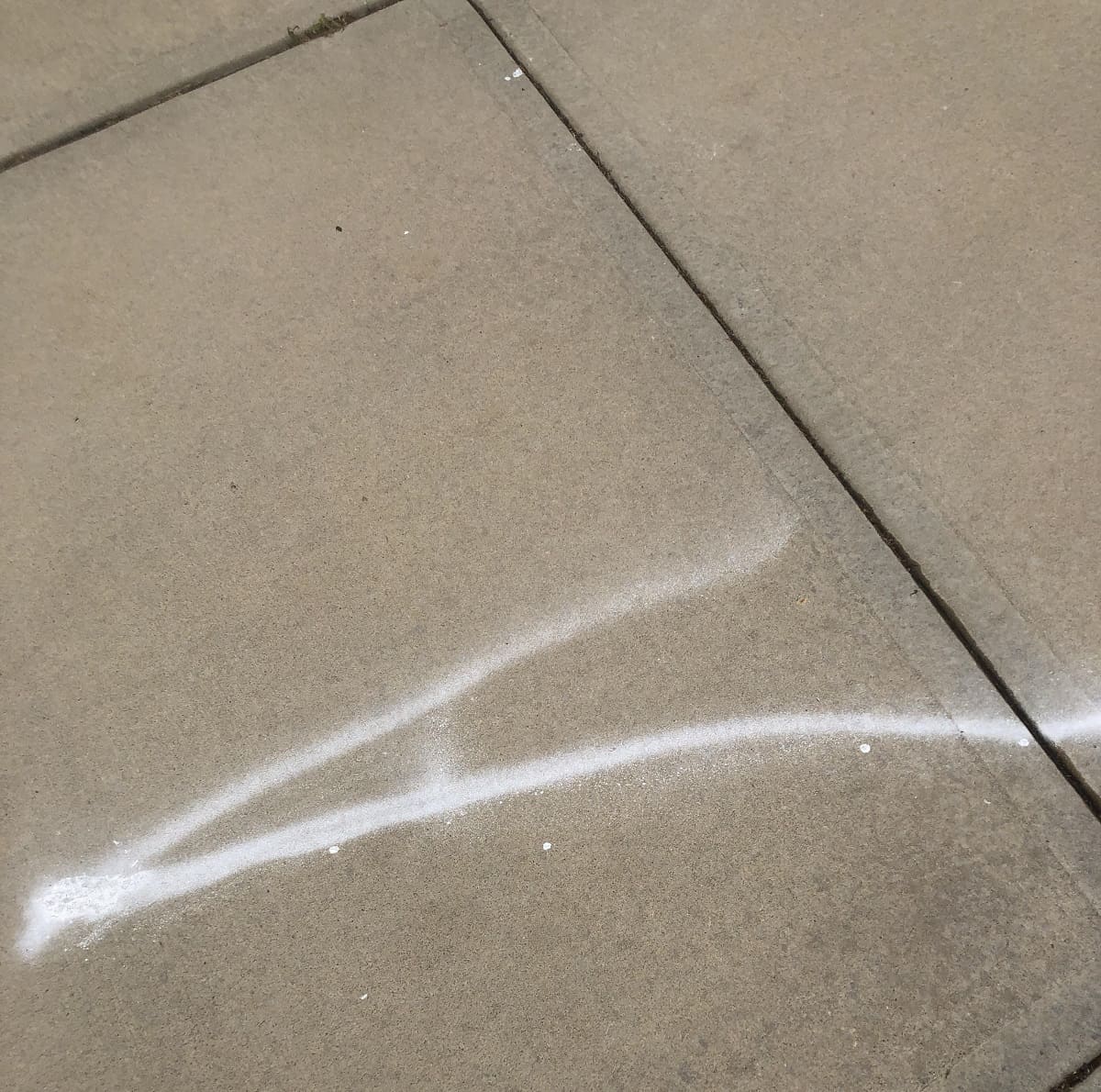
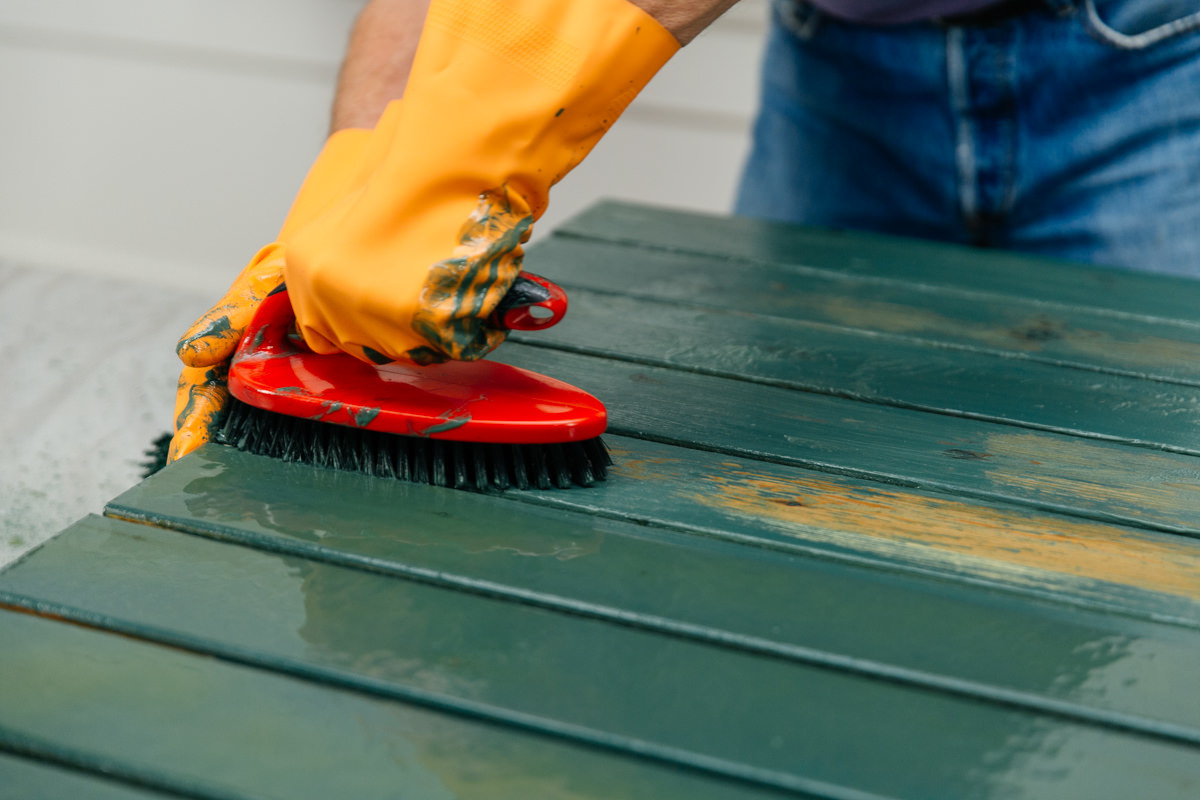
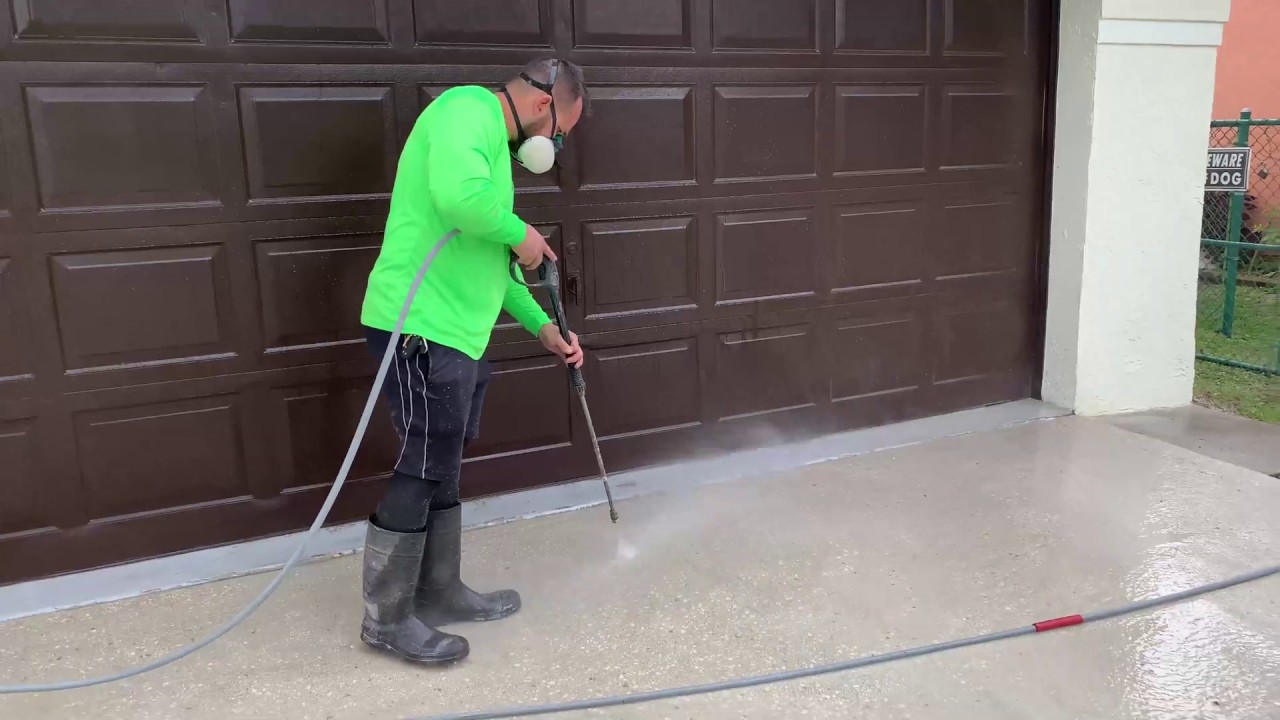
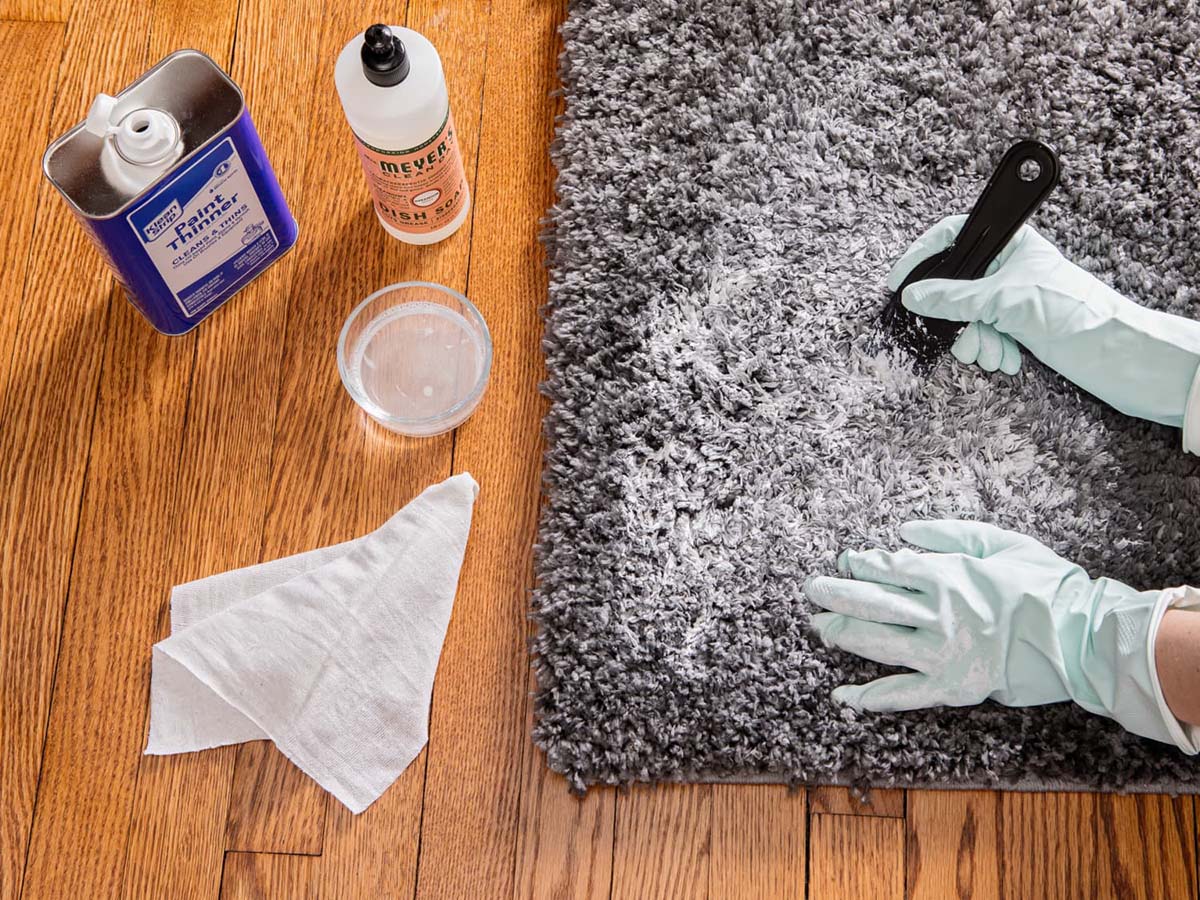

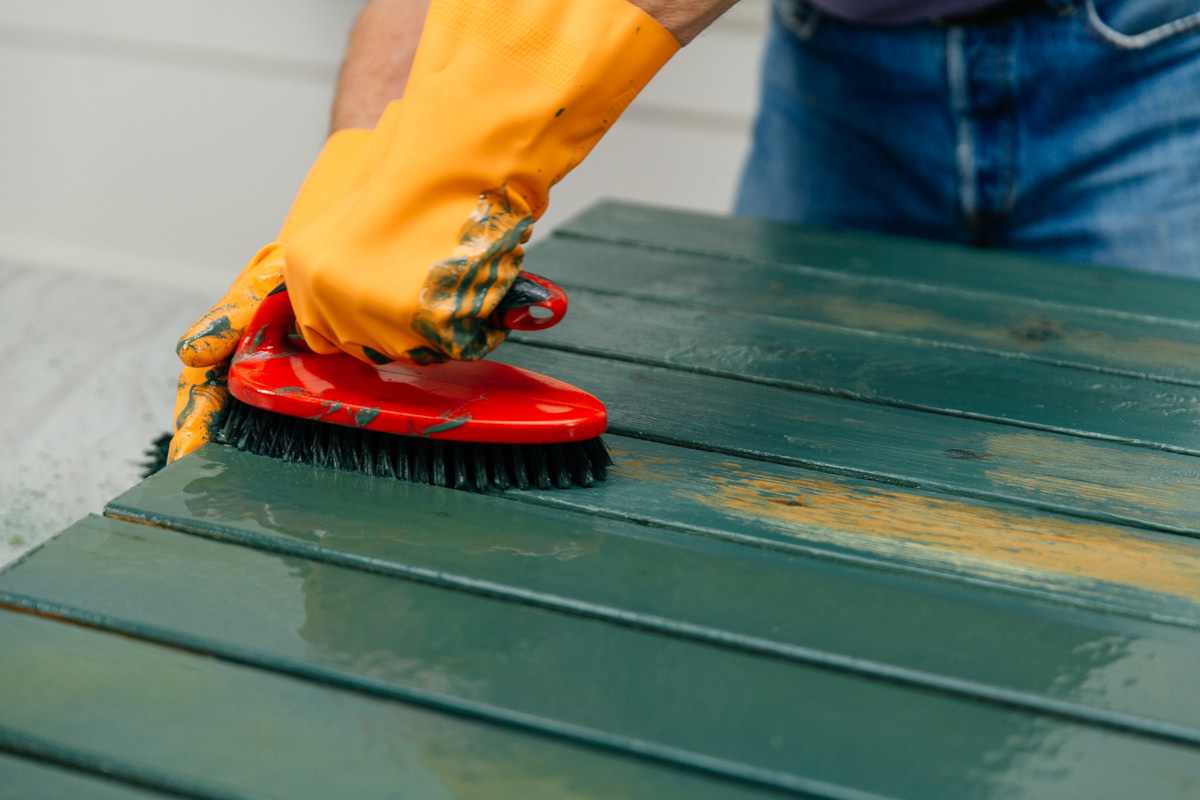
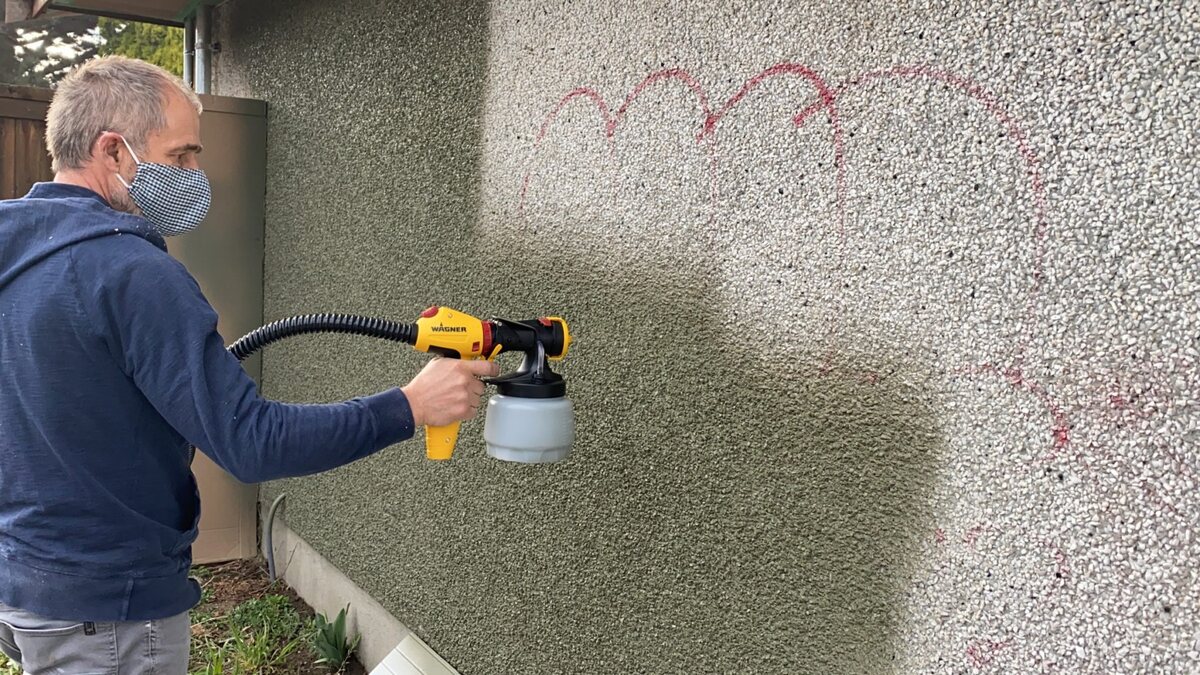
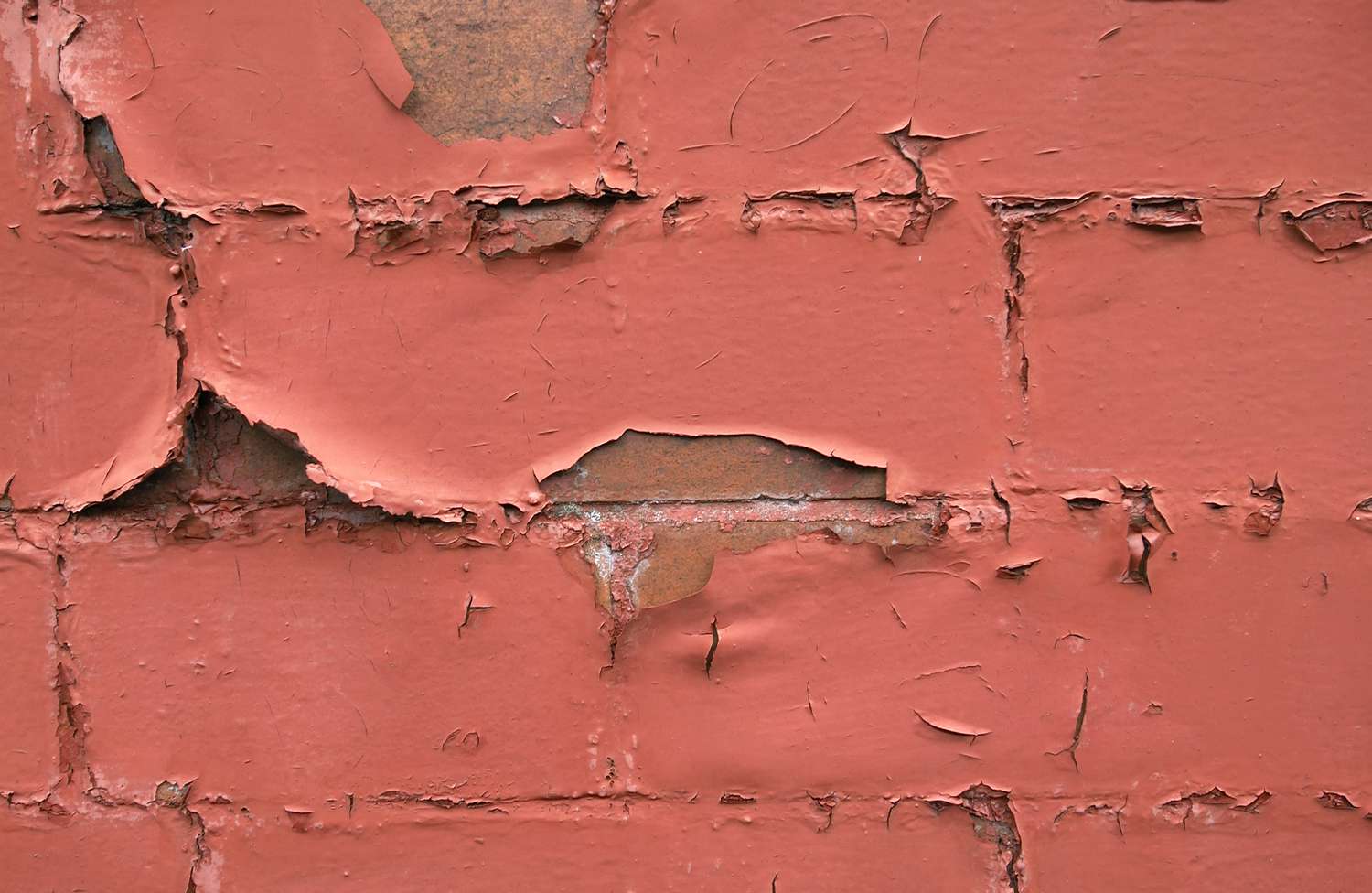
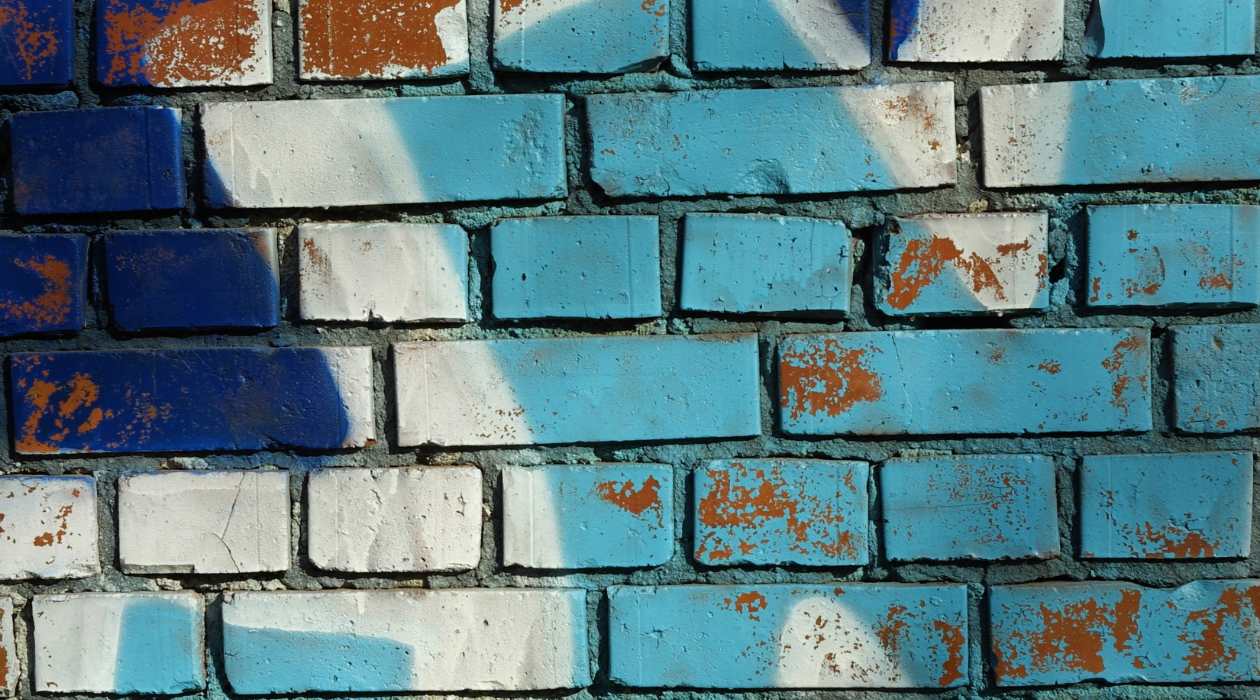
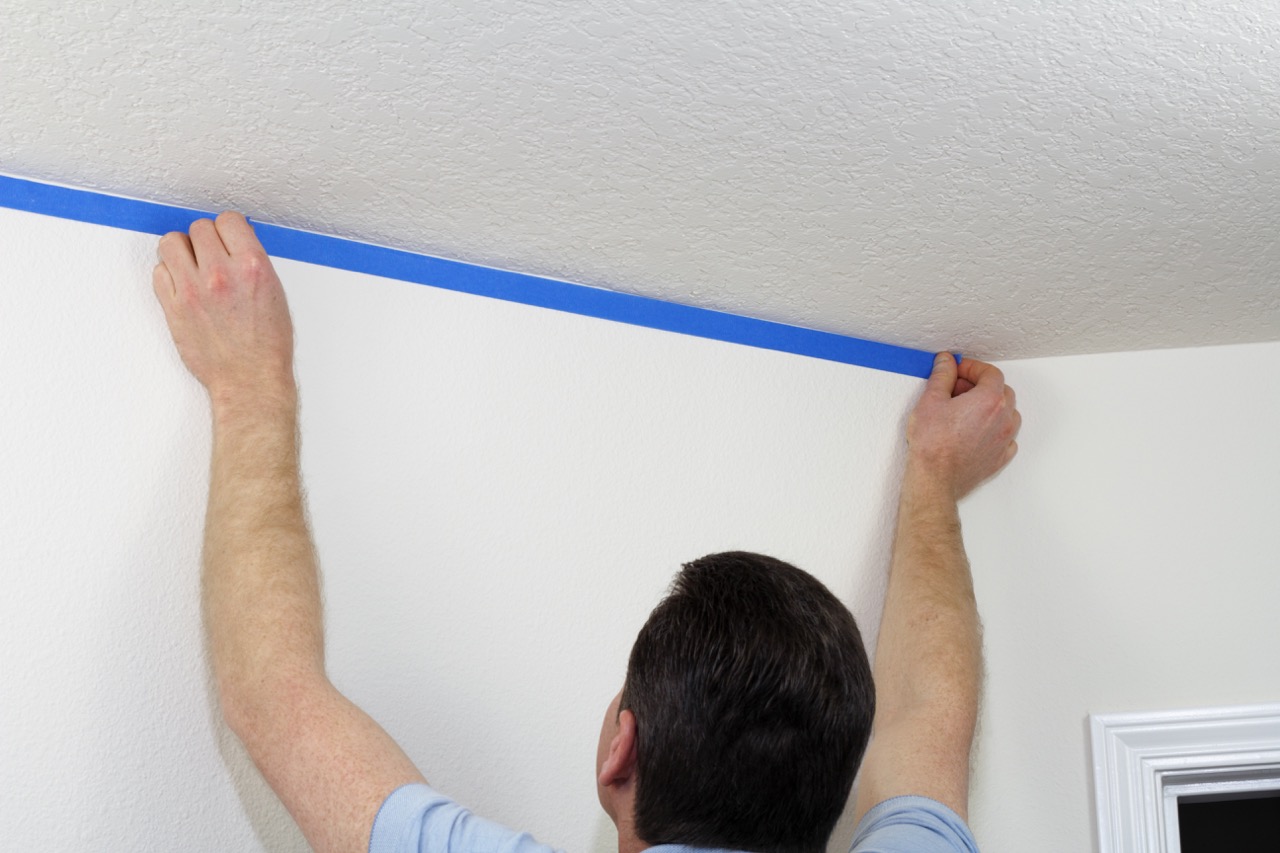

0 thoughts on “How To Get Paint Off The Ceiling”